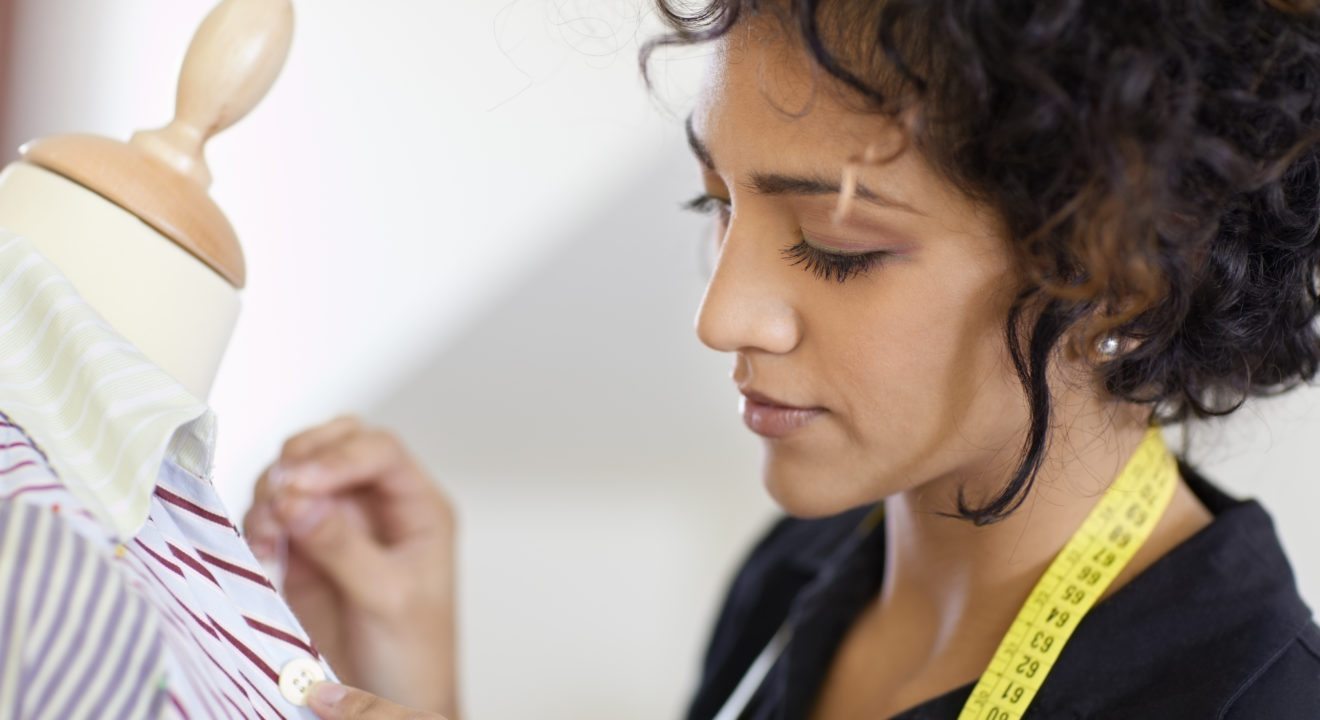Style May 14, 2017


Not surprisingly, the amount of women who have held positions as top ranking officials at major companies over history hasn’t been record breakingly high. It’s not as if we’ve exactly been given the opportunity in the face of a pretty unlevel professional playing field. Shocking, I know! But let’s take a look for a second at the highest grossing luxury brands in the industry to see how they stack up.
Going off of the most watched shows of fall/winter 15 according to style.com, the highest list of fashion houses at the moment includes Hermès, Gucci, Chanel, Prada, Burberry Prorsum, Valentino, Saint Laurent, Givenchy, and Louis Vuitton. Out of these nine houses, only three can presently claim a woman as their leader. In the history of all of these brands’ existence (some dating back hundreds of years), less than ten women have held the title of creative director.
This is particularly ironic in the modern fashion world. We are witnessing again and again the way that some of the most influential designers are altering or downright defying the concept of gender on the runway (think of Alessandro Michele second showcase or Vivienne Westwood’s boys in ballgowns for reference). So why hasn’t this seemingly progressive trend transcended off the catwalk?
Take for instance the speculation currently still surrounding who will replace Raf Simons after his resignation from Christian Dior. Though at the moment Sarah Sherman (the creative director of Alexander McQueen) is circulating as a highly viable new leader of the fashion house, this was not the case several months ago. It seemed that of all the possible candidates, only one woman, Phoebe Philo, was the only even considerable female option to take Raf’s place at the helm.
This is surprising, considering that Christian Dior’s first collection (displayed in 1947), was the core inspiration for a hyper-feminine, romantic revolution in the industry. As i-D Magazine notes; “His structured silhouettes were marked by round shoulders, nipped waists, dramatic busts, emphasized hips, and flowing skirts. Dubbed the “New Look,” Dior’s earliest designs not only rebelled against World War II utilitarian uniform dressing, they literally gave shape to a new vision of what it meant to be a woman.”
This legendary occurrence has sparked years upon years of revolutionary innovation, from Simons’ signature modernism to the lavish couture of Galliano. Despite all of it, however, never has a women been given the role of designer for the over 70 years of the house’s existence.
Undeniably, this disparity isn’t solely present at Dior, or the to the other couture houses of Paris (only Atelier Versace, Bouchra Jarrar, and Valentino are currently run by women in that particular realm), but the majority of creative director positions in global fashion are occupied by men. And although there are a select through women who hold the top position at a house under the name of someone else–notably Chitose Abe, Carol Lim and Sarah Burton, doesn’t it say something that the industry’s other most prominent female designers chose to create design firms of their own? I refer of course to Rei Kawakubo, Westwood and Miuccia Prada–all powerful forces in their own right.
The ultimate question is, why is there such a bereft of women on this professional platform? Seeing as we are frankly the biggest market that such firms are catering to and winning over on a regular basis, wouldn’t it make sense that at least in this realm, women would have a least a little of an upper hand? Female designers in particular are seen to have the same vision and drive, along with a host of other attributes that qualify them to be just if not more successful to express themselves via a larger influence.
According to Vanessa Friedman in a recent piece for The New York Times, there could be various reasons for why this hasn’t yet occurred: apprehension from the makers of business decisions or even a lack of confidence in part. “Conventional wisdom has it that female designers make clothes they want to wear, and that male designers make clothes they want to see their dream woman wear; the latter speaking more to fantasy, the former to functionality,” However, she goes on to argue this point. “But that’s too reductive an explanation, and one that no longer holds true — when it comes to either gender.”
Though the lack of representation of women currently in roles of leadership seems to be improving across many fields, there is still quite a way to go. In terms of gender in fashion, there is no doubt that the industry will continue to throw previously held rules out the window. Let’s just hope that mainly men running the show is one of them.